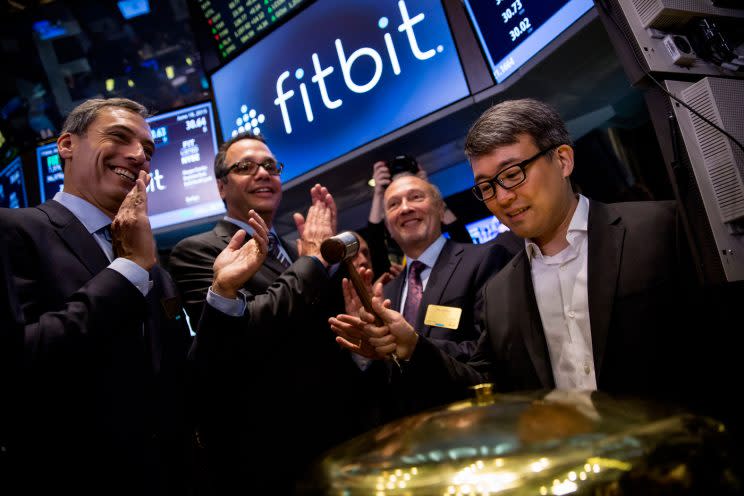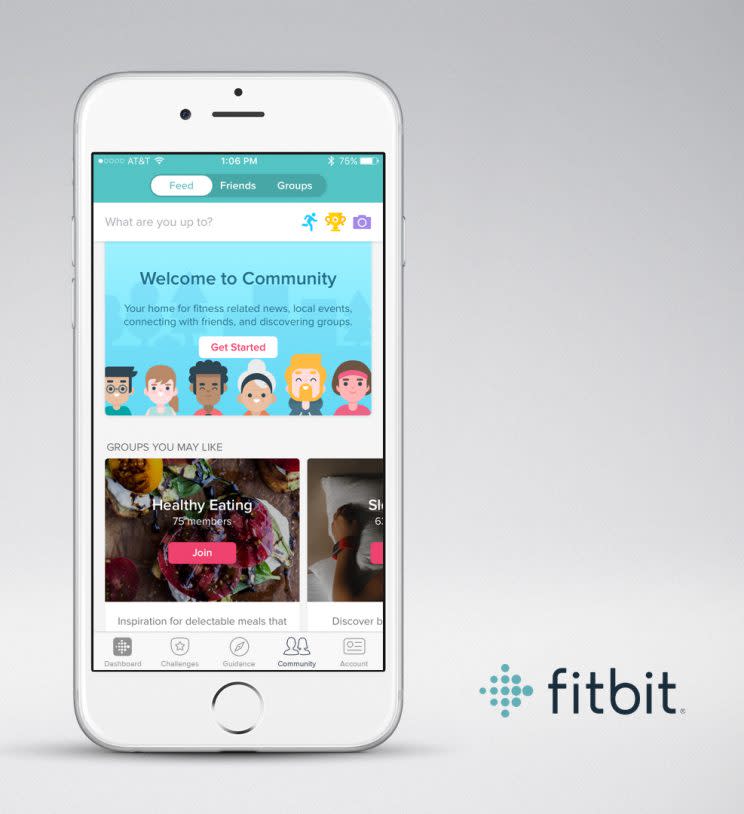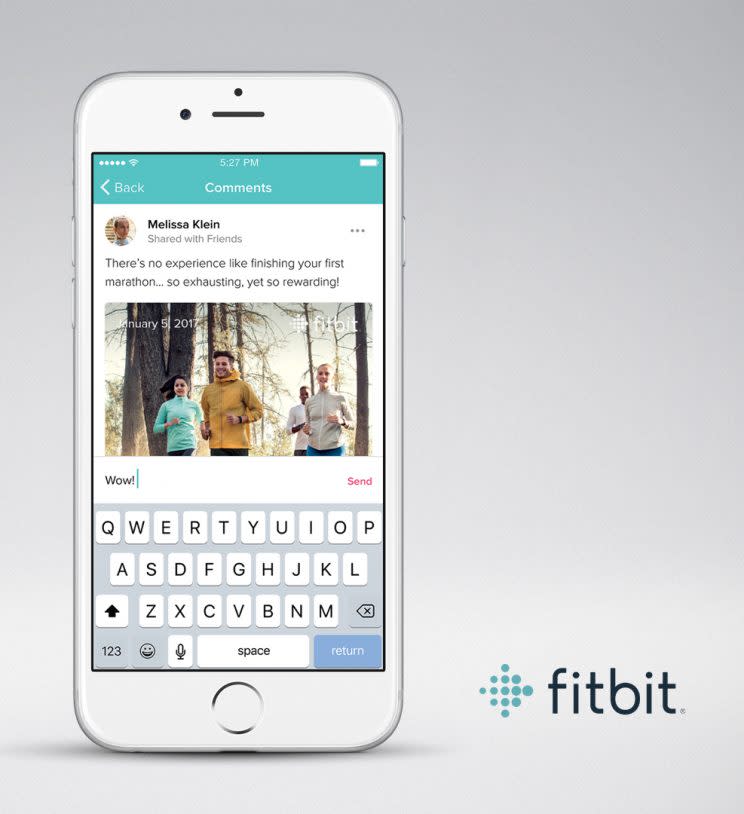Fitbit CEO: We’re trying to shift the way people perceive us

The annual CES convention in Las Vegas is known as the launch pad for a dizzying array of hardware products ranging from concept cars and super-thin TVs to laptops and tablets.
So it might seem odd that rather than introducing a new fitness-tracking device, Fitbit (FIT) rolled into the show with a number of software updates for its existing wearables including new social features, an update to the company’s Fitstar app and compatibility with non-Fitbit devices.
The move, though, is part of a strategic turn for the device maker as it seeks to decrease its dependence on hardware sales and increase the importance of its software business.
“I think part of it is that we are trying to shift the perception of Fitbit from being just a hardware company to a connected device company where software is equally, if not more so, important,” Fitbit CEO James Park told Yahoo Finance.
“I think a lot of those announcements that we made really reinforced that fact, whether it’s our community feed, which I think is really critical for maintaining engagement and retention of our users,” he said.
User retention is of the utmost importance for a company like Fitbit, too. According to a survey by market research firm Gartner, 30% of fitness tracker owners abandon their devices because they “get bored of them or they break.”
Fitbit sees social features like its new Community Feed as a means to encourage consumers to continue using their devices long after the initial honeymoon period of buying their trackers wears off.
The feature, which launches in March, allows users to connect directly with their friends and family through the Fitbit app where they can share their workout stats, something Park says people already do via Instagram and Facebook (FB).

Users will also have access to information from Fitbit fitness experts and be able to encourage and compete with friends via a weekly workout leaderboard. A Groups feature lets users join communities-related to topics including fitness, nutrition and weight loss.
“People always ask us about competition, either from larger companies or cheaper competitors, and really the sustainable competitive advantage that Fitbit has had over the years is the strength of its user community,” said Park. “People are more likely to buy a Fitbit, because their friends and family are already users and less likely to buy a competing device or leave.”
A Health insurance push
In addition to its social push, Fitbit and UnitedHealthcare (UNH) announced that the insurer will begin providing Fitbit’s Charge 2 tracker to eligible UnitedHealthcare Motion subscribers. The program allows users to earn up to $1,500 a year toward their medical expenses by hitting specific fitness goals.
UnitedHealthcare says it tracks what it calls a subscriber’s FIT rating, which stands for Frequency, Intensity and Tenacity. To reach your goals, you need to go on six brief walks a day of 300 steps in 5 minutes, walk an additional 3,000 steps in 30 minutes and reach a total of 10,000 steps per day.
Teaming with an insurer like UnitedHealthcare is a wise move for Fitbit, as doing so provides the company with opportunities to expand its sources of income.
“It’s definitely a significant revenue stream in the future,” Park said, adding that he couldn’t provide any specifics quite yet.

The UnitedHealthcare program is the first to offer subscribers an incentive for physical activity.
“We’re really excited about that part, because it demonstrates, given the conservative and scientific nature of these insurance companies, that using wearables can actually affect healthcare outcomes and therefore will lower healthcare costs,” Park said.
Works with Fitbit
Outside of its social and health care pushes, Fitbit announced that stationary bike maker Peloton is joining the Works with Fitbit program. Works with Fitbit allows companies to integrate their products with Fitbit’s app.
In the case of Peloton, that means your bike rides will automatically be added to your Fitbit app, so you have a complete picture of your fitness activity for the day.
“We do these partnerships like the one with Peloton so that you do an activity on a device that wouldn’t have been captured previously and now it’s seamlessly integrated with Fitbit and it’s captured in your data stream and you get credit for it,” explained Park.
Naturally, ensuring that you get credit for all of your activities and making Fitbit more ubiquitous across the spectrum of fitness equipment means increased brand recognition and potentially user retention.
Of course, if Fitbit could just make exercising as entertaining as watching Netflix and eating chips, it could really have a winner on its hands.
More of Yahoo Finance’s CES coverage:


